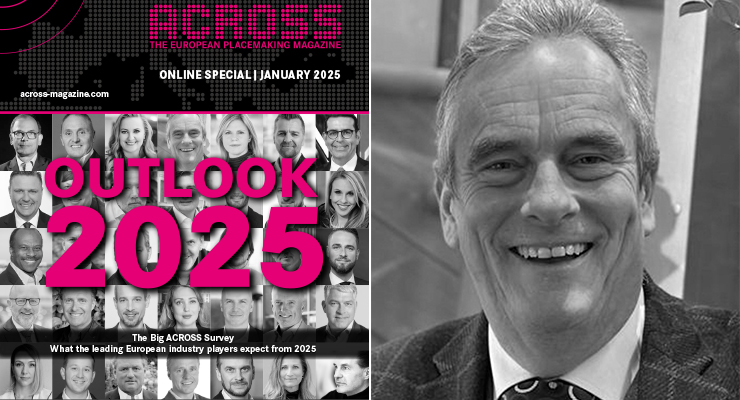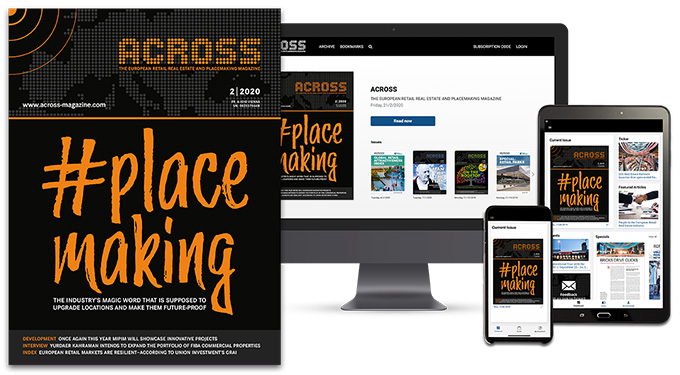By Giles Membrey
The main challenges in 2025 will center on brand support and outlet saturation in Europe. One or two brands think they’ve actually got enough outlet stores to serve their surplus stock requirements in Europe, and with the current macro-political situation in Eastern Europe, making decisions on new locations is particularly challenging. And, with the market in Europe showing signs of saturation, there is the challenge of prompting developers and investors to look beyond traditional borders for new opportunities.
With opportunities for new developments in Europe decreasing due to saturation, I see a big opportunity for the refurbishment of existing schemes, but these need to be greener. Green refurbishment is harder than when starting from scratch, but you can, for instance, look at materials that are more sustainable. For example, at Ashford Designer Outlet, “green walls” were incorporated as part of phase two, making it far more sustainable than phase one. Looking at entirely new power systems such as ground source heat pumps, more solar panels, more EV charging points, and even things like wormeries and beehives all help.
There are still brands coming into the outlet market, so there’s the opportunity to introduce new brands into existing schemes. There are clearly still opportunities for new developments in countries such as Germany and France, and there are now more opportunities outside of Europe, particularly in North Africa, the Middle East and Asia. But a word of caution: GDP and population density are really important to be able to support a location outside Europe. And factors such as political stability are also important: look at the situation in Georgia, where there will hopefully be a new outlet opening in Tbilisi in April 2025, but the current political problems in the country may well delay the opening.
Moreover, new technologies that enable the mapping of customer profiles and customer requirements will come to the fore, especially with regards to online sales. We are already working with Wishibam, a business that focuses on transforming traditional retail by integrating online and offline experiences, on a number of our schemes, thereby adding value through online sales that contribute to the overall sales density.
Overall, I would love to see more collaboration between brands, investors, developers and agents because the time it takes to get some schemes pre-let is significant. In some cases, it’s taking 18-24 months to get to the level of pre-leasing that would give an investor the confidence to commit to €50-€60 million worth of development costs. So there needs to be more collaboration and understanding between brands and investors about their individual requirements.

Giles Membrey
Giles Membrey is Managing Director of Rioja Estates, and Member of the ACROSS Advisory Board.







